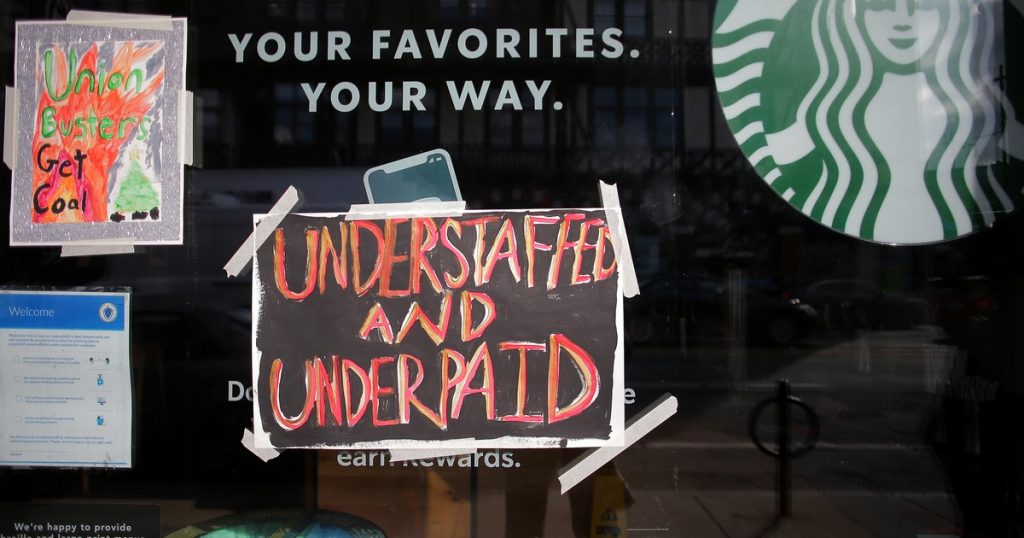A new analysis released Wednesday shows that earnings inequality in the United States has risen dramatically over the past four decades and continues to accelerate, with the top 0.1% seeing wage growth of 465% between 1979 and 2021 while the bottom 90% experienced just 29% growth during that same period.
“This growing inequality isn’t inevitable—it is a result of policy choices to reduce worker power.”
Examining the latest annual earnings data from the Social Security Administration, Elise Gould and Jori Kandra of the Economic Policy Institute (EPI) found that “the top 1% now amasses a record share of total earnings, while the bottom 90% share of earnings has hit a historic low.”
“Wages for the top 1% grew more than seven times as fast as wages for the bottom 90% between 1979 and 2021,” Gould and Kandra wrote, attributing the decadeslong inequality surge to factors such as the long-stagnant minimum wage, political and economic elites’ toleration of higher levels of unemployment, weak labor protections, and tax cuts for the rich.
The EPI experts noted that “the share of earnings at the very top—the top 0.1% of wage earners—is driving the rising earnings share of the top 1%.”
“The share of the top 0.1% increased from 1.6% of total earnings in 1979 to a whopping 5.9% of total earnings in 2021, roughly 3.7 times as much,” Gould and Kandra wrote. “Of the 7.3 percentage point rise in the share claimed by the top 1%, 4.3 percentage points (roughly 60%) can be explained by the rise of the top 0.1% share.”
Those at the bottom of the United States’ increasingly skewed income distribution haven’t fared nearly as well as the wealthy few at the very top, EPI’s analysis makes clear.
“The bottom 90% of wage earners experienced wage growth that lagged far behind average growth for much of the last 40-plus years,” Gould and Kandra observed. “In 2021, average annual earnings of the bottom 90% were $36,571, while the top 5% earned, on average, $335,891, more than nine times as much as the bottom 90%.”
In 2020 and 2021, the first two years of the coronavirus pandemic, the “only group to experience real wage gains… was the top 1% of the earnings distribution.”
“While the bottom 90% experienced losses of 0.2%, those in the 90th-95th percentiles experienced larger losses of 2.0%,” EPI found. “Between 2020 and 2021, earnings for the top 1% and top 0.1% rose 9.4% and 18.5%, respectively.”
Gould and Kandra argued that in order to reverse the trend of skyrocketing earnings inequality and ensure “healthy wage growth for the vast majority of workers,” U.S. policymakers must prioritize full employment and remove “obstacles to workers forming unions” that have attracted national attention in recent months as Starbucks, Amazon, Apple, and other major companies attempt to crush organizing drives.
“With the possible exception of excess unemployment, declining union membership plays the single most significant role in slow and unequal wage growth,” the pair wrote. “This erosion was not driven by workers’ declining interest in unions, but rather by concerted employer opposition, along with state and federal policy that has made it nearly impossible for workers to form unions in the face of unwilling employers.”

